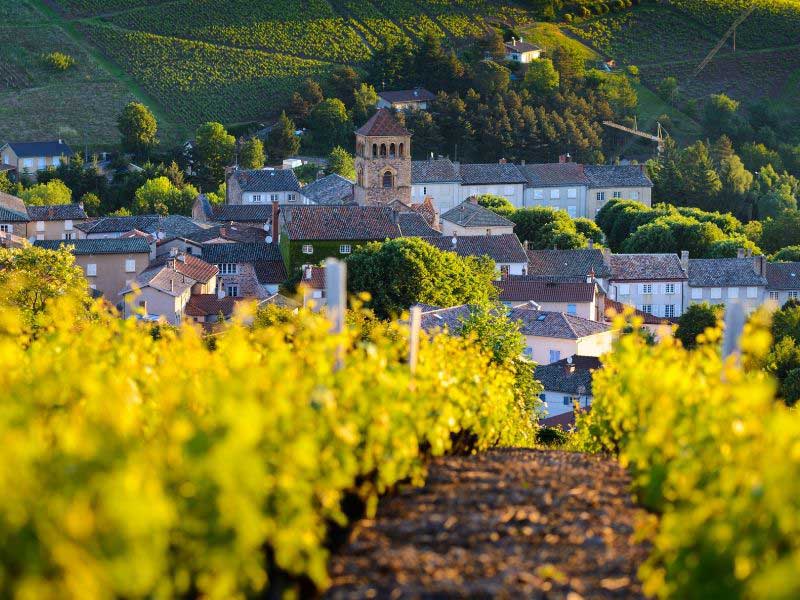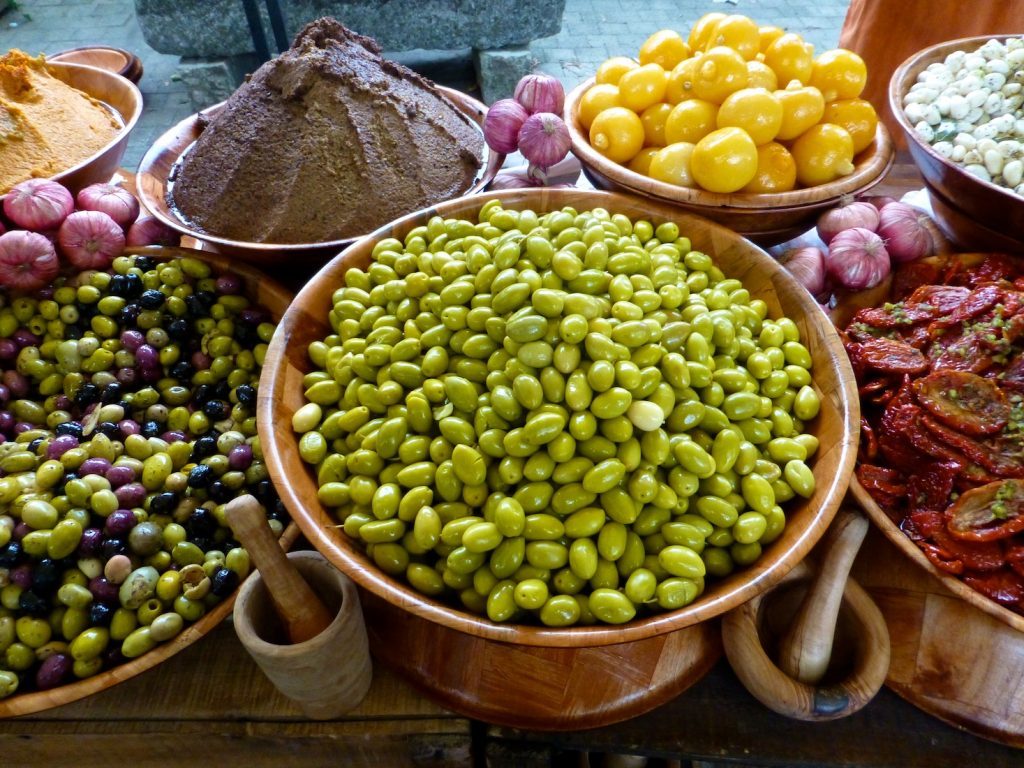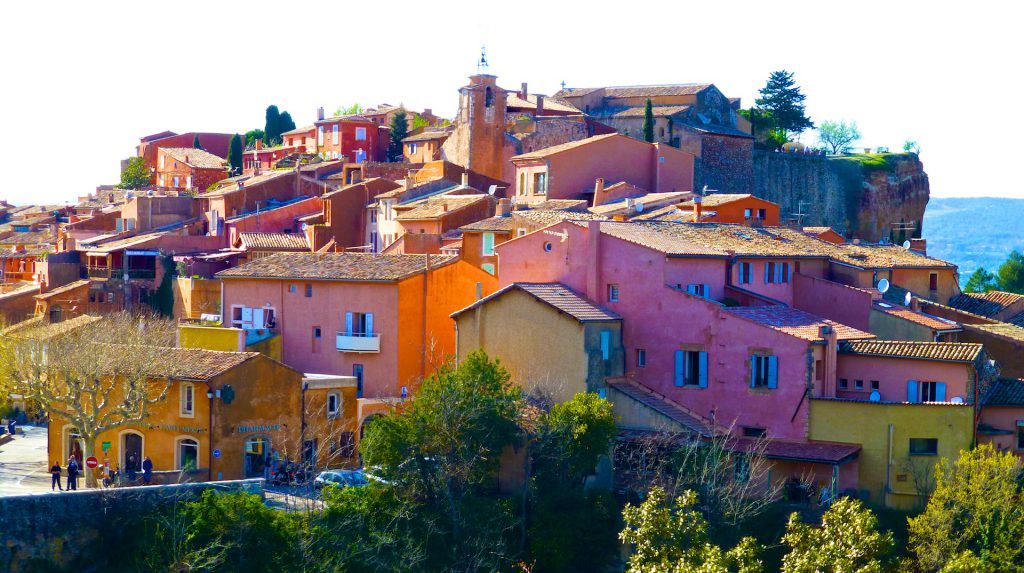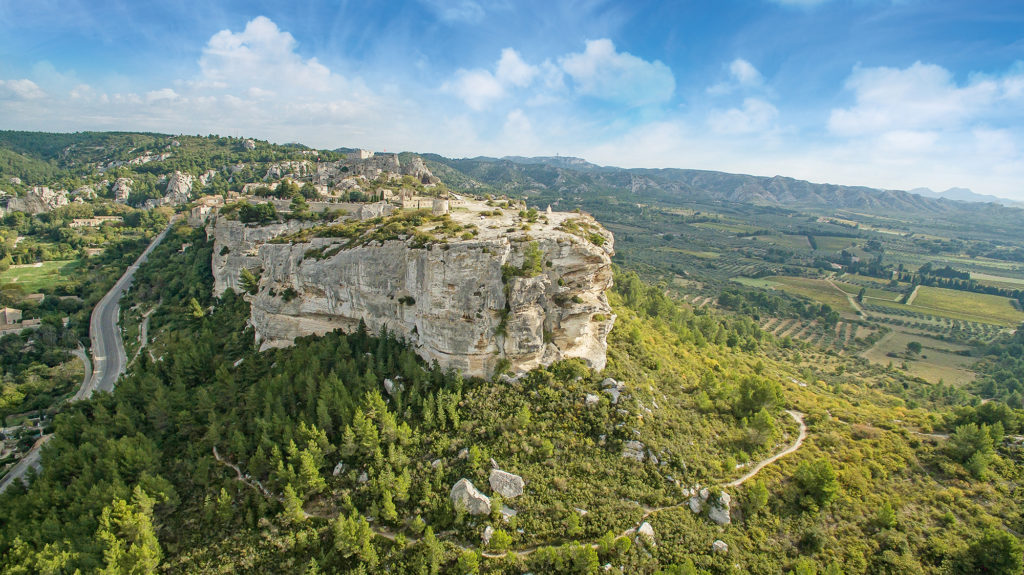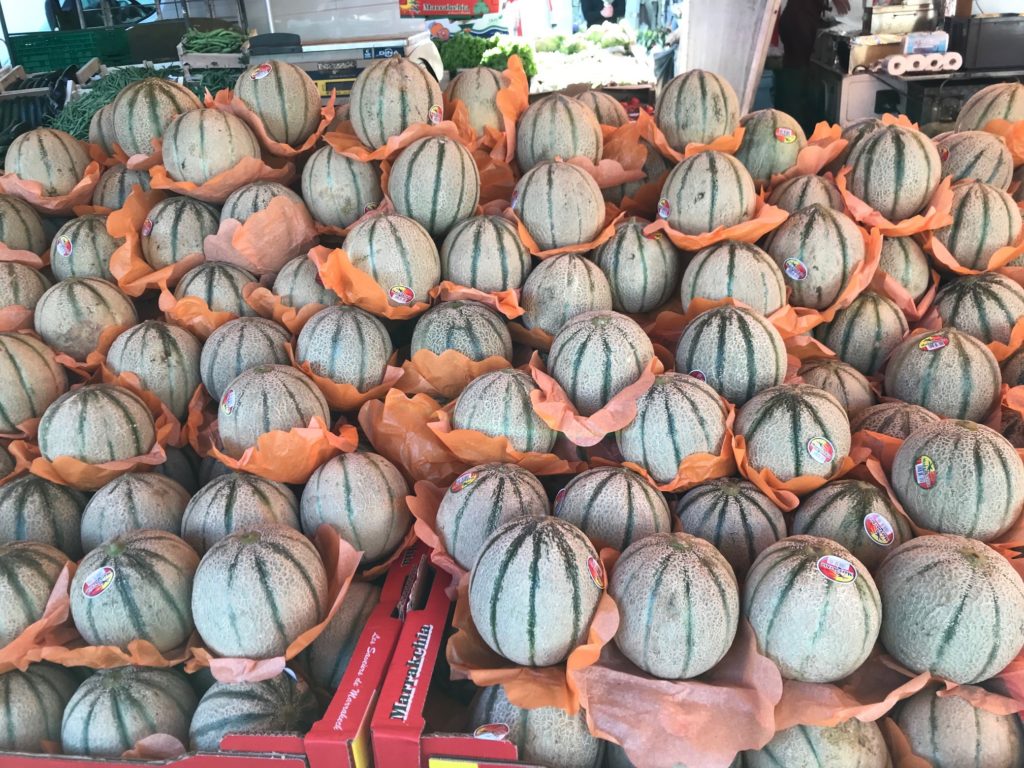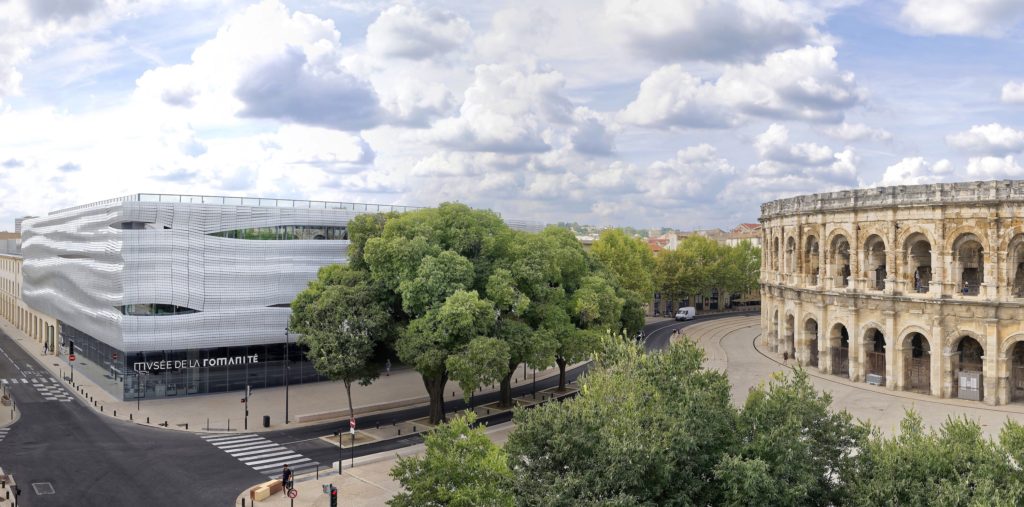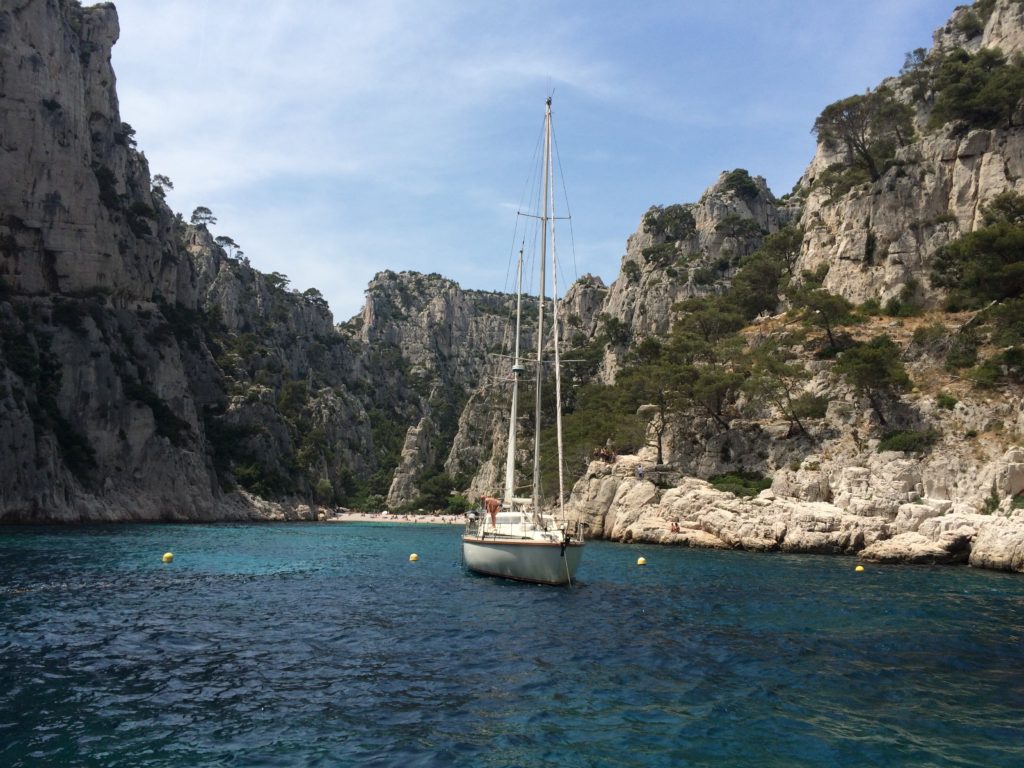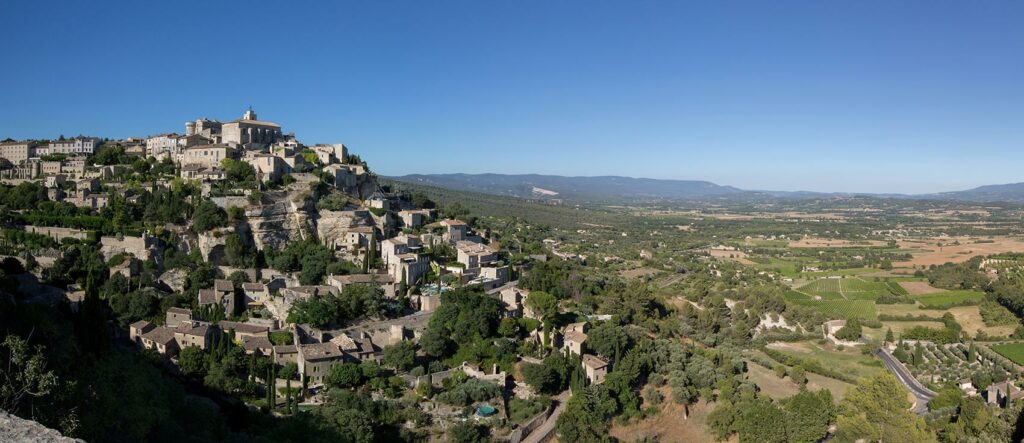
My friend Annette Charlton is a part-time Frenchie like me, splitting her time between homes in Australia and Brittany. She has a wonderful website called A French Collection that you should definitely check out.
Annette recently asked me to write an article about the most beautiful villages in Provence. “But they’re all beautiful!” I protested. “Yes, yes, I know,” she said, “but please try to keep it to under 10.”
So I wrote the article, reluctantly leaving out gems like Egalières and Oppède-le-Vieux. And of course I led off with my own St-Rémy-de-Provence. All of these towns are worth a visit on your next trip to la belle Provence.
Check out my article at A French Collection!


